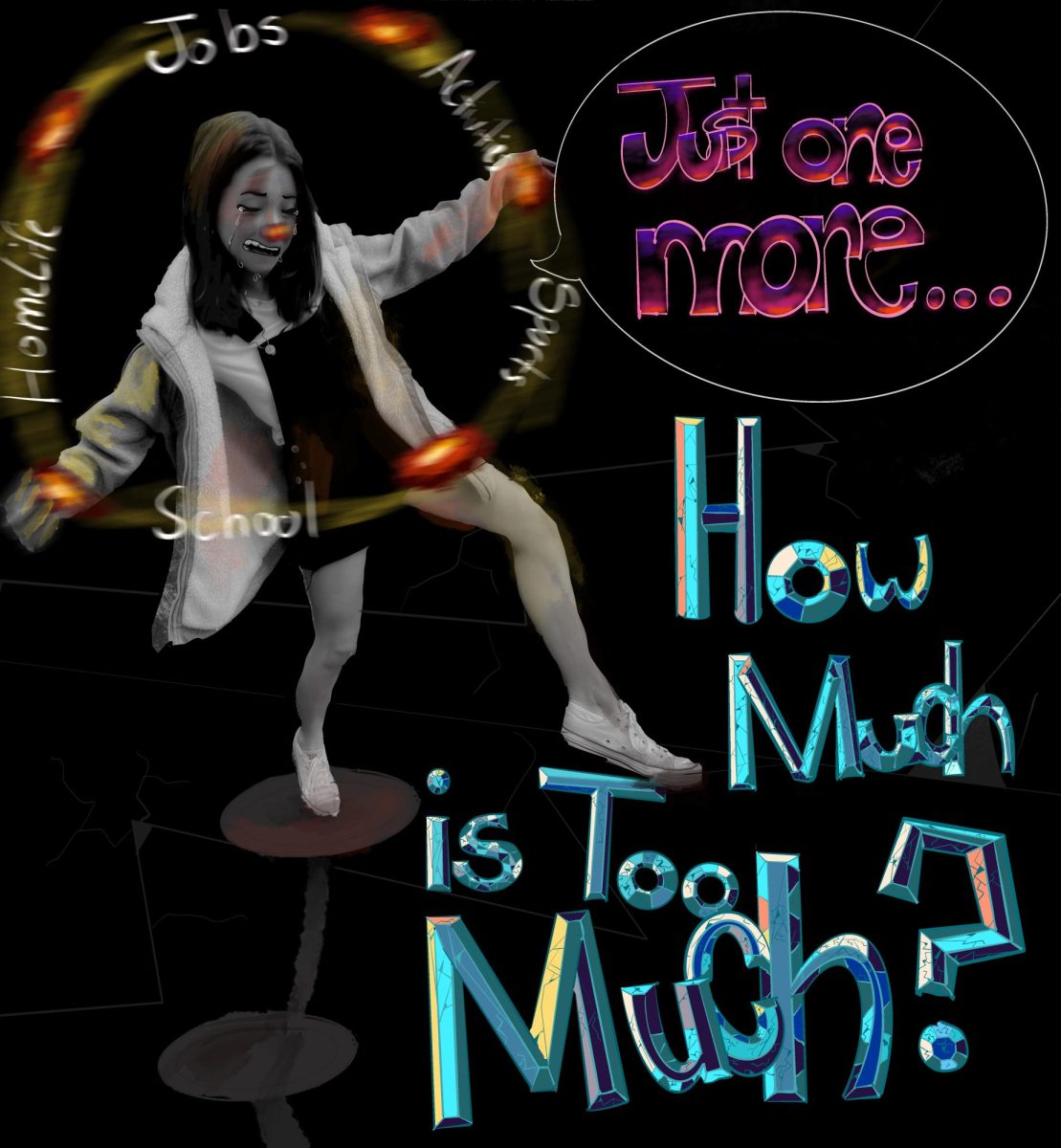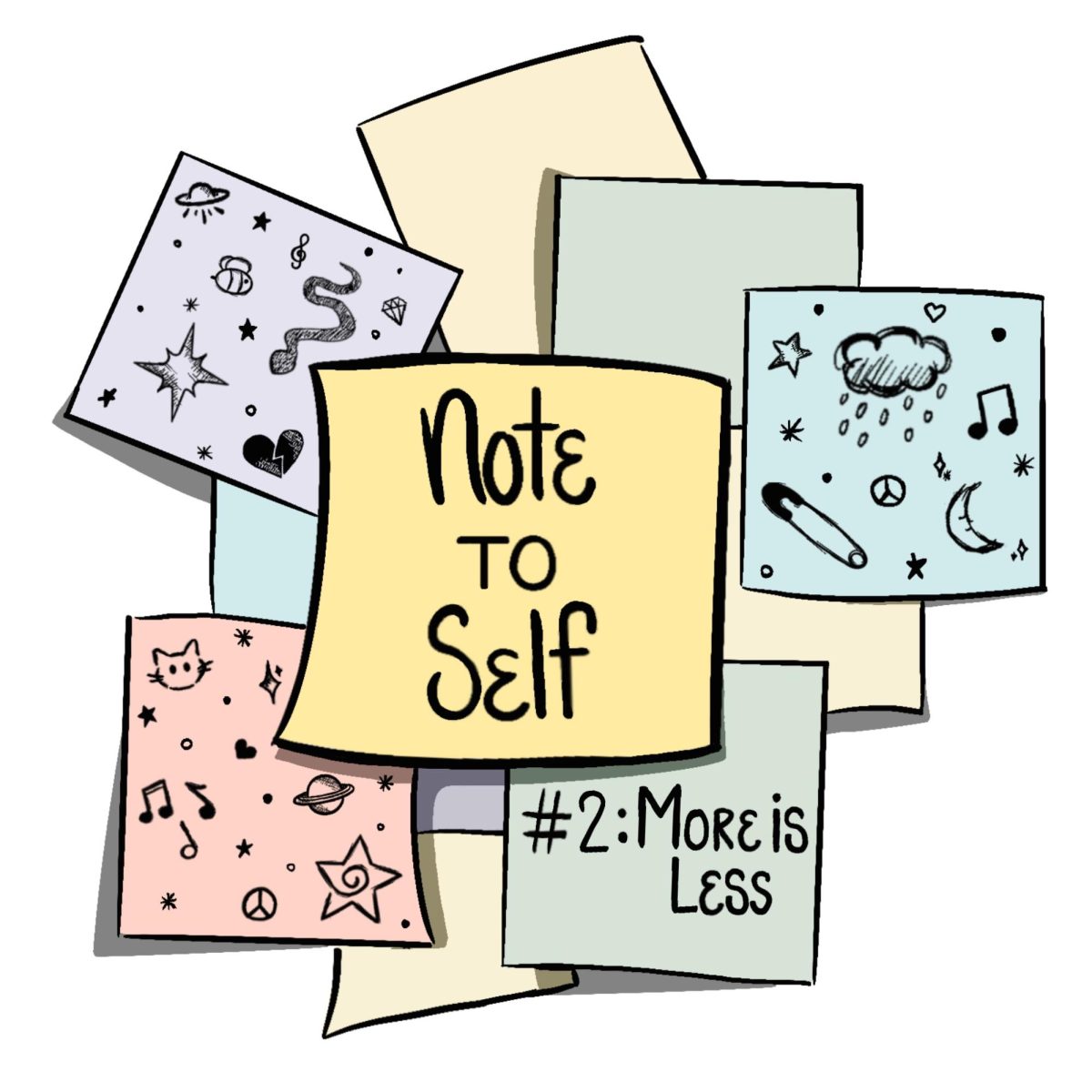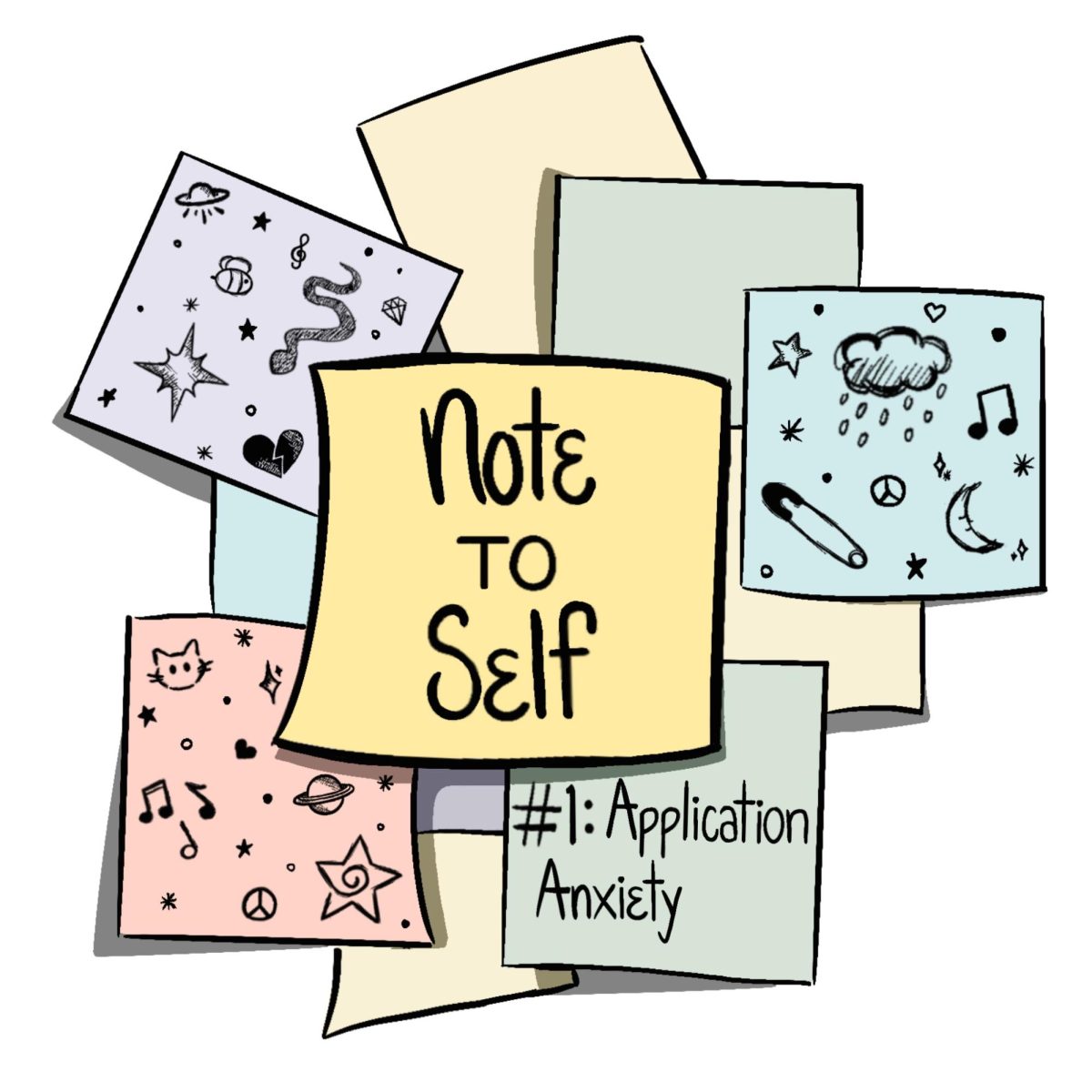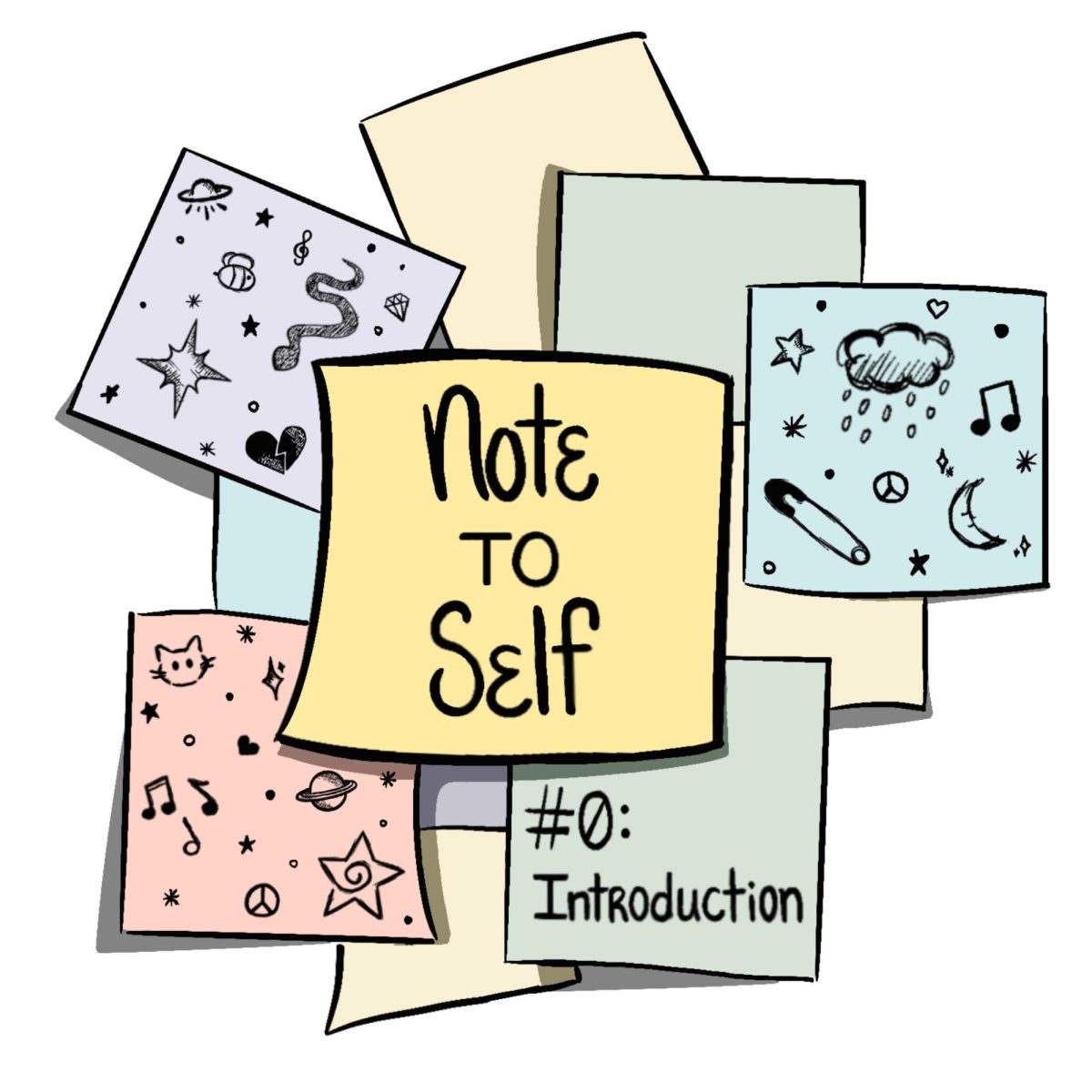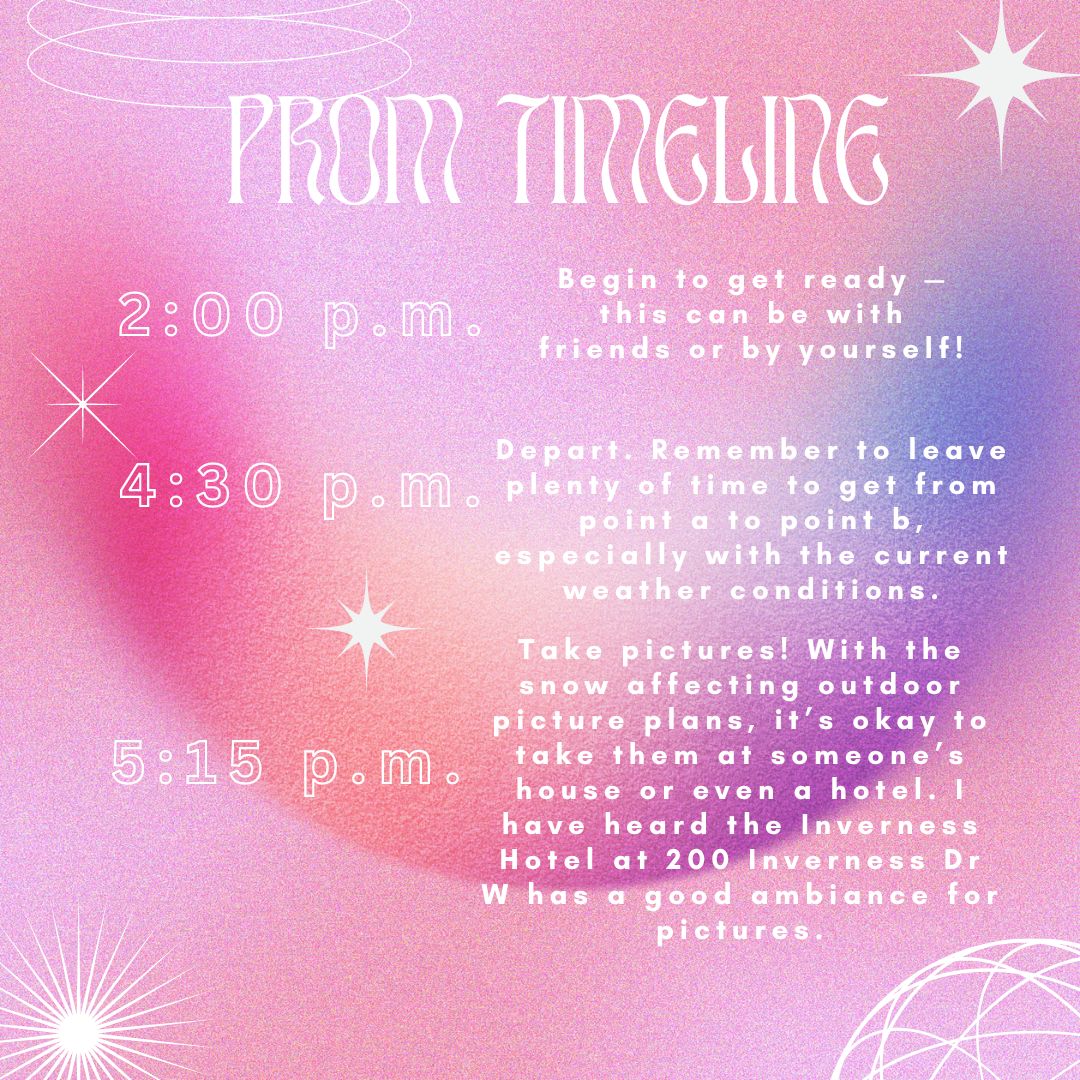At 12:15 p.m. during third period April 8, people flooded the halls, film glasses in hand. It was not lunch time nor had an early dismissal been called, rather, hundreds of students and staff were headed to view the solar eclipse.
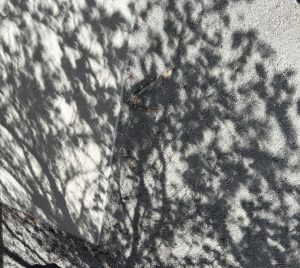
Colorado saw a partial solar eclipse across the state, visible between 11:30 a.m. to 1:30 p.m. with the maximum partial eclipse taking place around 12:40 p.m. During the peak of the eclipse, the sky darkened, temperatures dropped and the light created different shaped shadows on the ground.
The partial eclipse ranged from 58% to 78% coverage across the state, with about 65.9% of the sun covered from the school’s angle, according to National Aeronautics and Space Administration’s (NASA) Eclipse Explorer Map.
“I think [the eclipse] was pretty unique since it’s been a long time since I’ve seen anything like it. Last time we saw it was in 2017,” Tristan Llado ‘26 said. “I think it was a unique experience, especially this year. I didn’t really expect it to look how it did. I kind of expected a more total eclipse, but I guess we’re not on like the trajectory so that kind of explains why.”
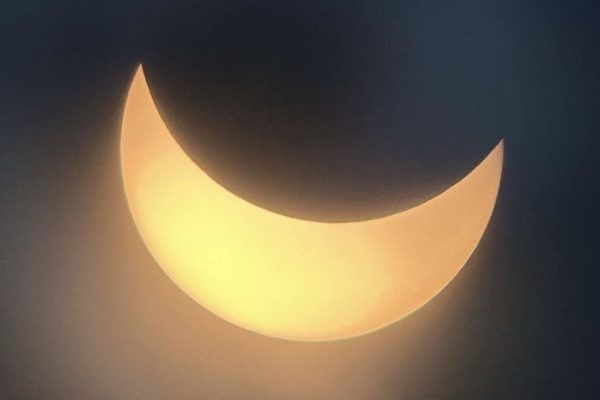
The solar eclipse comes after the last visible one took place in 2017, and one in 1979 before that. All contiguous 48 states had visibility of the eclipse, with total visibility zones stretching from Maine to Texas.
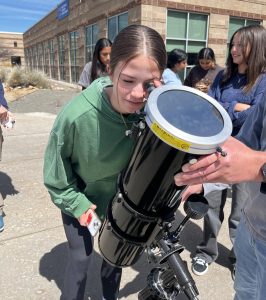
In response to the eclipse, some Colorado schools prohibited students from viewing the eclipse. National Public Radio (NPR) reported that Longmont’s St. Vrain Valley School District barred students from viewing the eclipse at school and required extra precaution in regards to time spent outside. But here, that was not the case.
Contrasting schools such as St. Vrain Valley, the school saw students pile in the upper lot area of the school to view the eclipse.
Students passed around eclipse glasses, made pinhole viewers and science teacher Jack Van Natta brought a telescope for students to view the eclipse through.
“I feel very lucky [to watch the eclipse at school] and I don’t know why they don’t let [the students watch] because it’s science and science is fun. I love science,” Sophia Foldery ‘26 said.
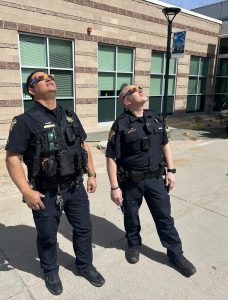
Solar eclipses usually take place every one to three years but are usually only visible from the ocean or the earth’s poles. NASA reports that the next visible solar eclipse in the contiguous United States after today’s won’t take place until Aug. 23, 2044.
“It’s just something that you don’t see often and when you get to see it it’s really cool. If you miss it, you got to wait, it takes a while. It’s pretty amazing so if you wanna come out and see it, I think it’s a good thing to take a break from class,” School Resource Officer (SRO) Mark Adams said.

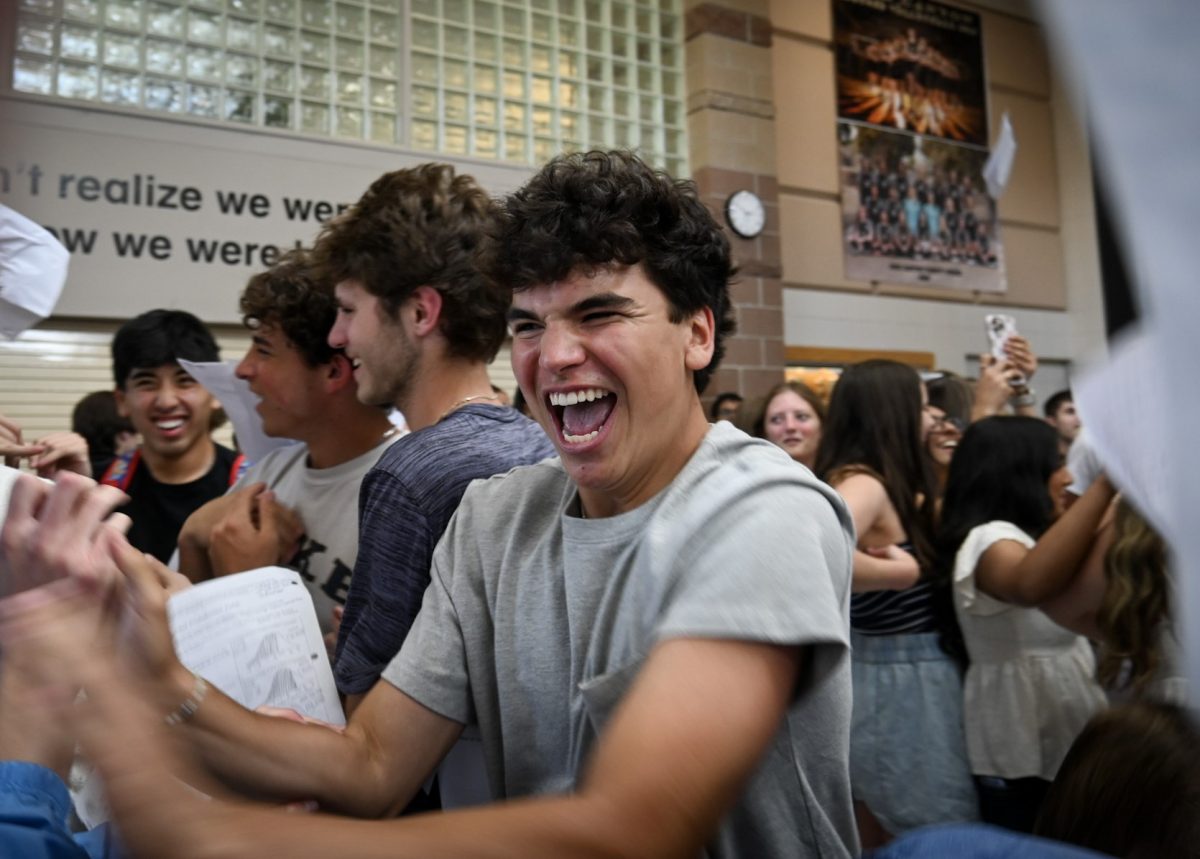

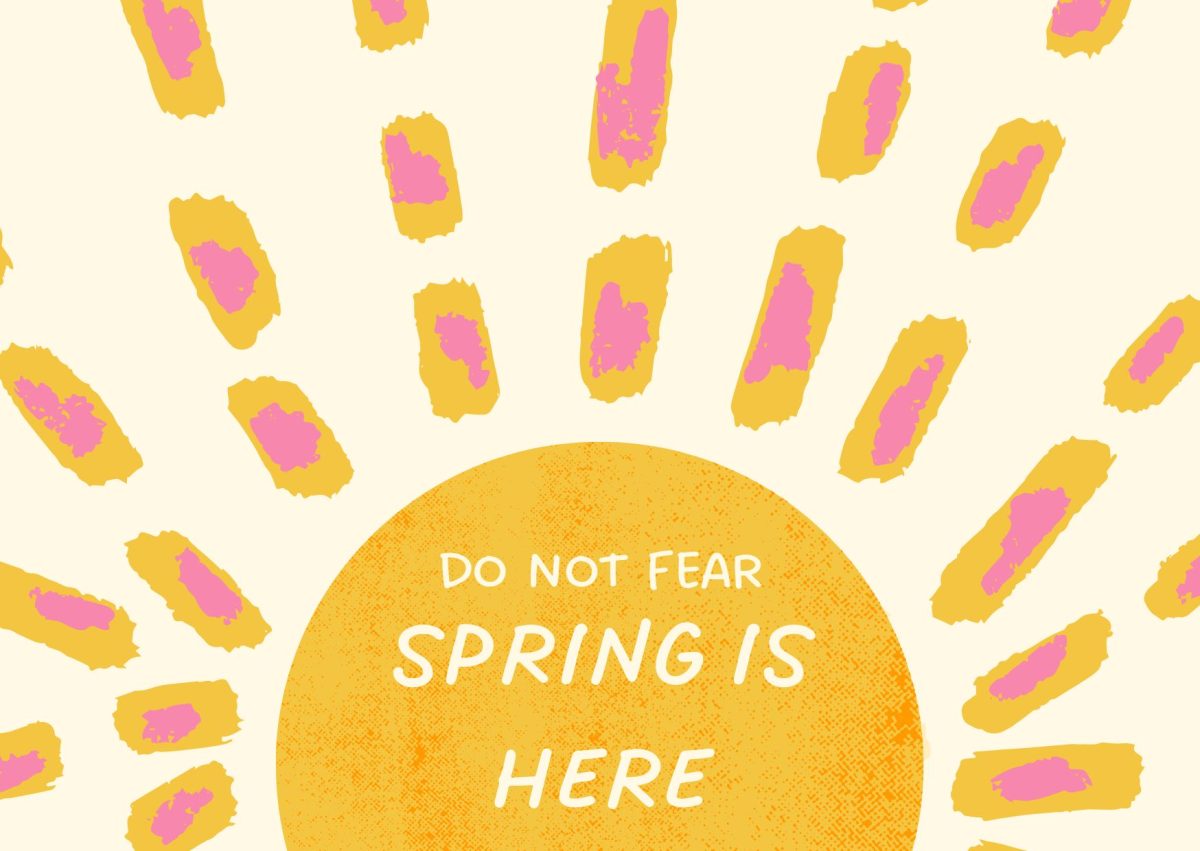

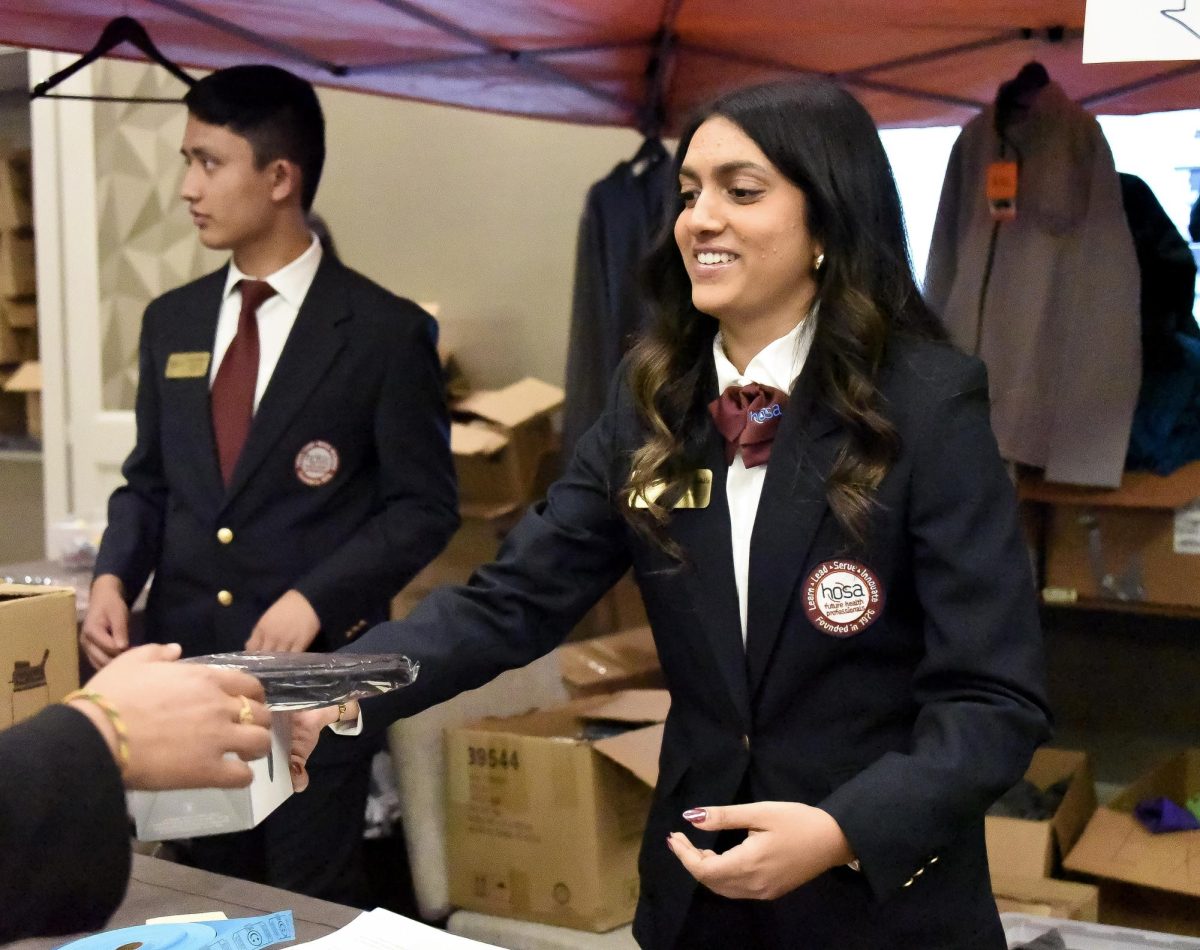
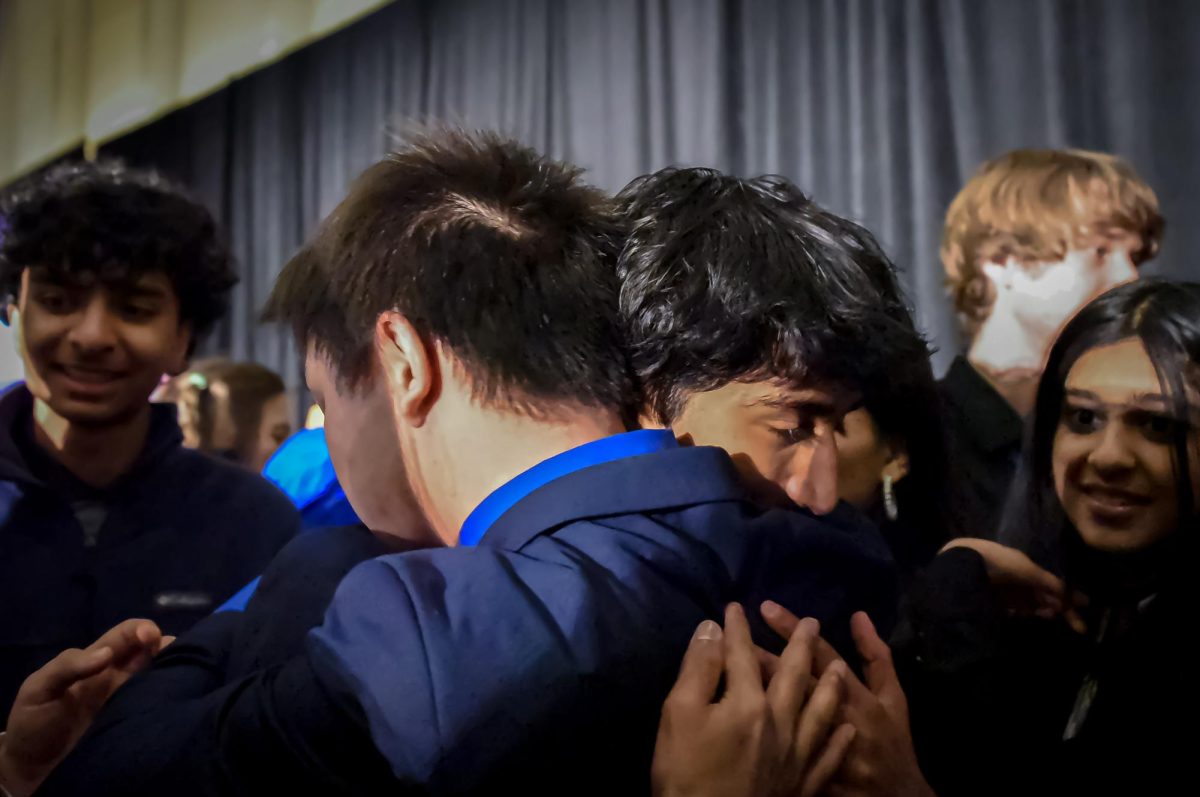

![The winter guard team makes fifth place at the state championship finals in the Denver Coliseum, March 30. The team performed to Barnes Country's “Glitter and Gold,” lead by coaches Margo Sanford, Blair Bickerton and Anna Orgren. In their class there were a total of nine groups participating, and the top five who made it to finals received a plaque. “[Walking onto the stage] is very nerve-wracking, but also very exciting as well. When you first start color guard there's a lot of anxiety and uncertainty when you first perform in front of an audience, but once you've done it for a while, it starts to become the best part of the season,” Ella West ‘25 said. “It's very fulfilling to see an audience react to something you've put your heart and soul into.”](https://rockmediaonline.org/wp-content/uploads/2025/04/Both-socal-media-nd-website-main-1-1200x846.jpg)
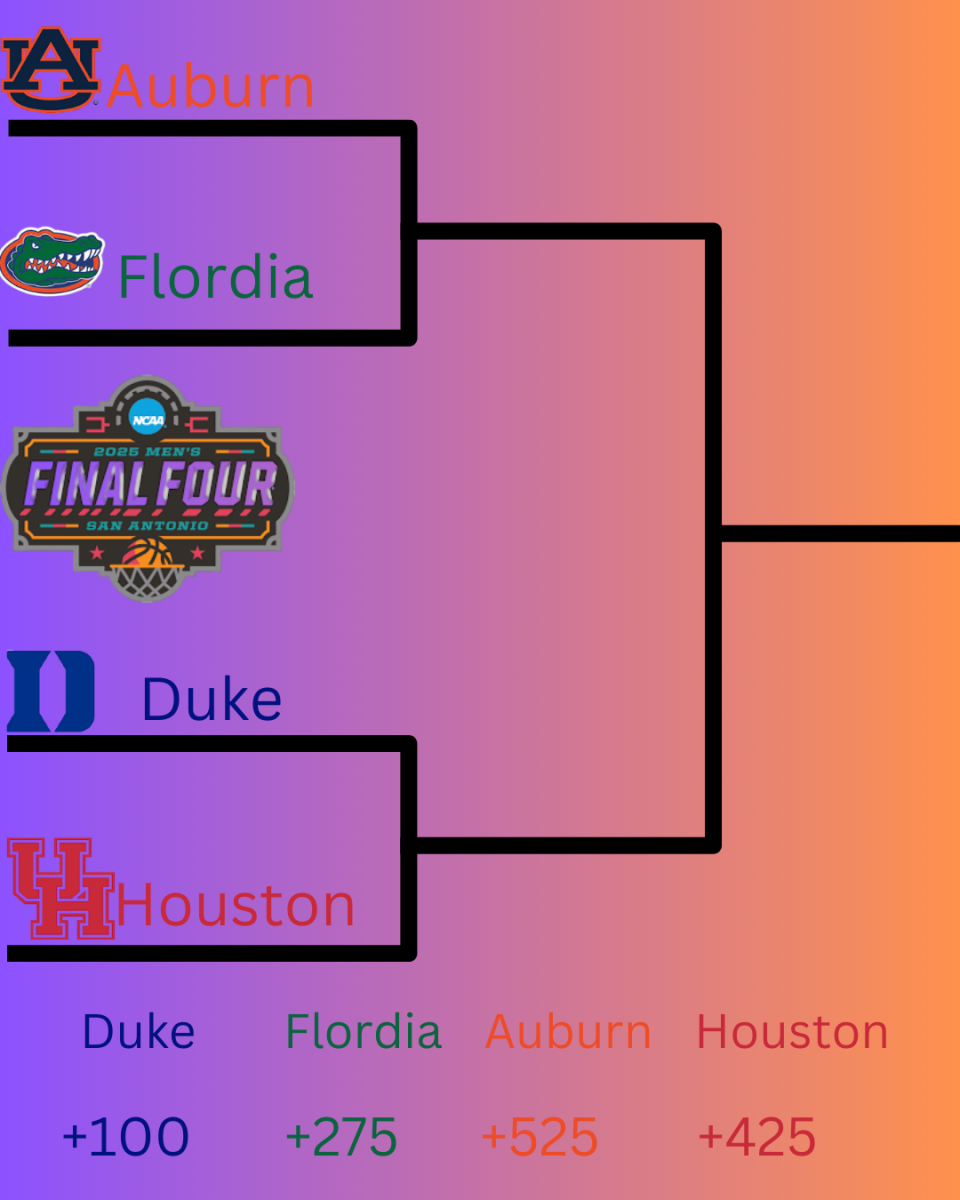
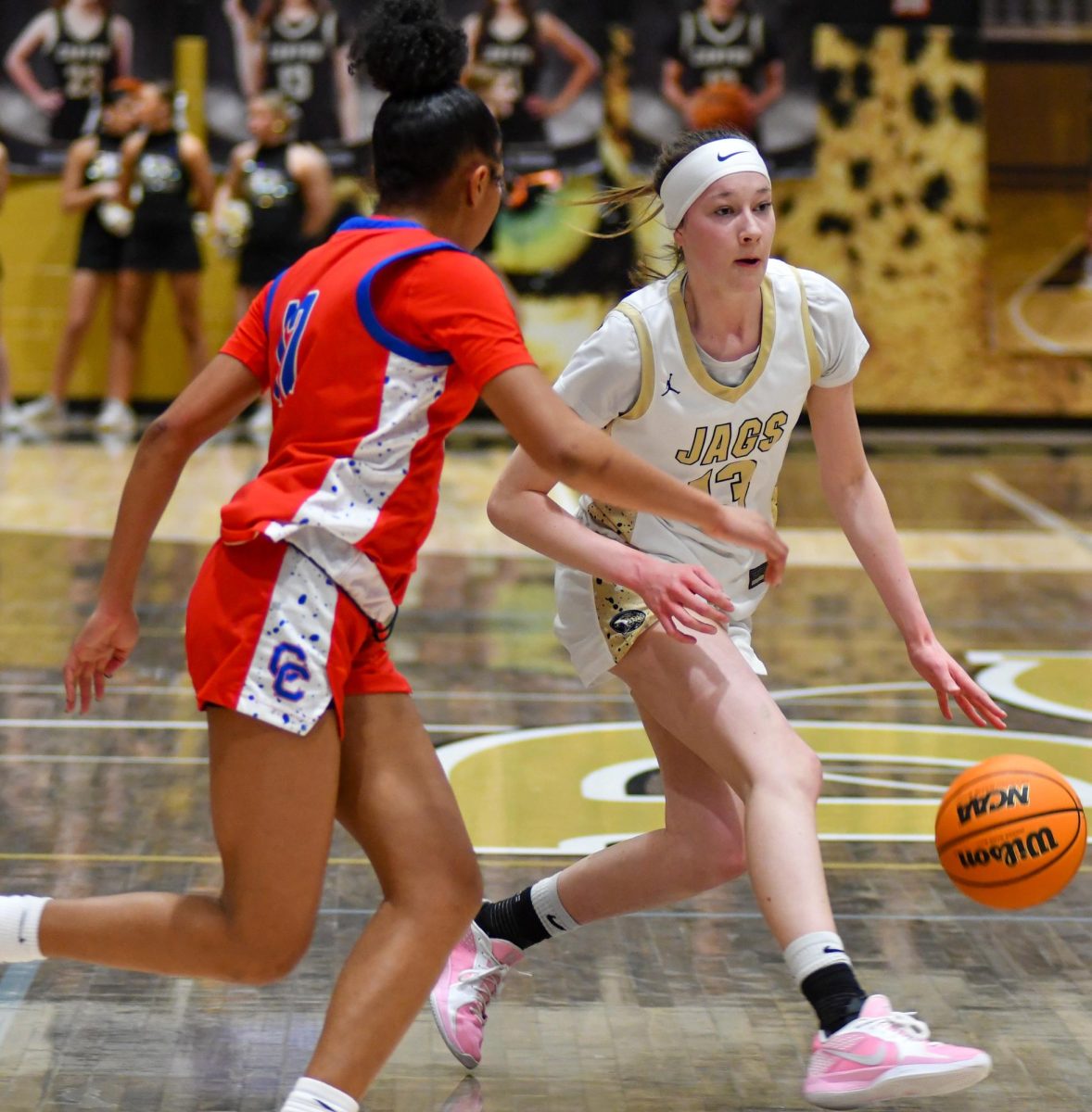
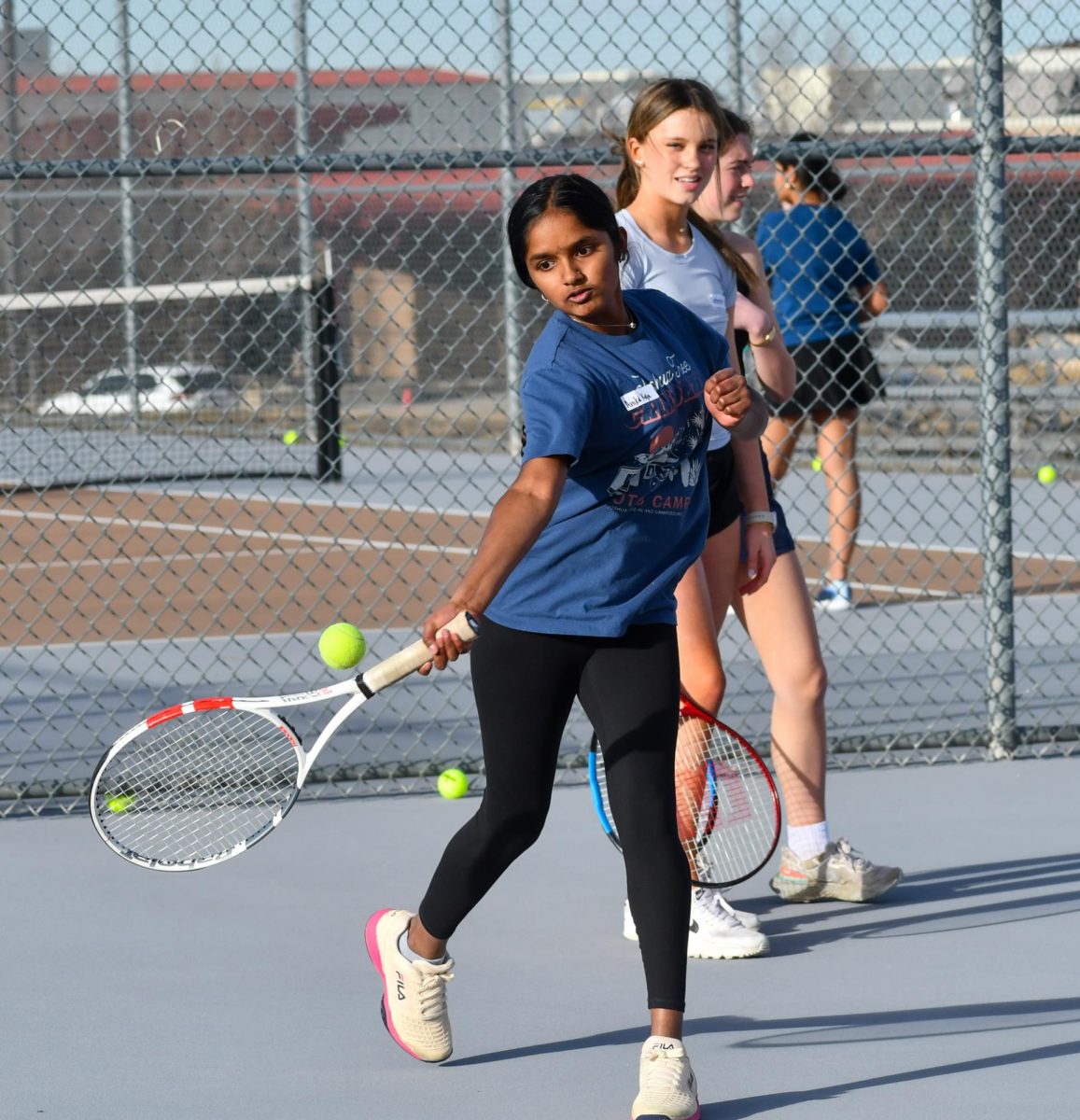



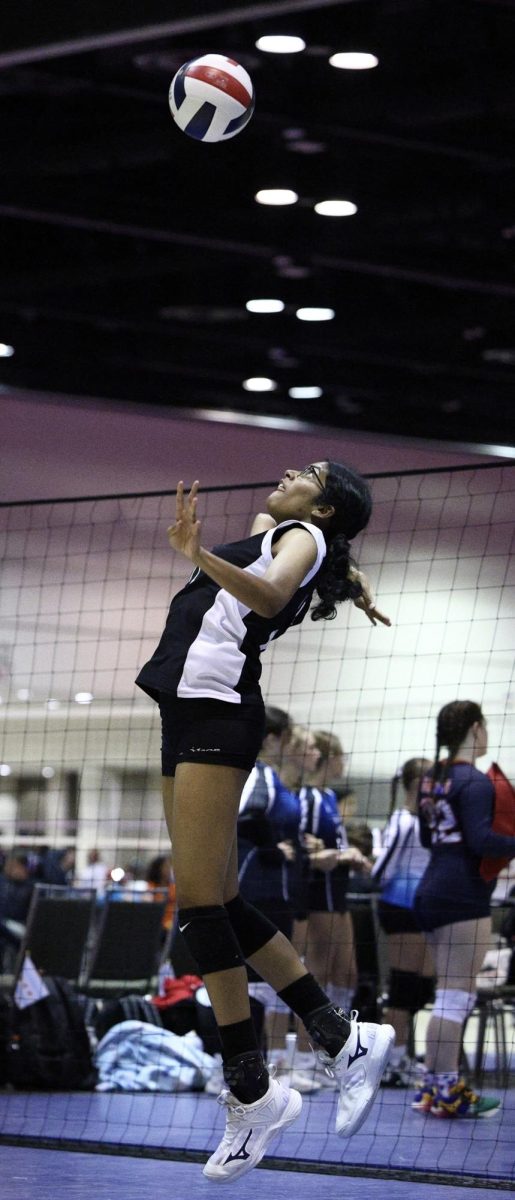
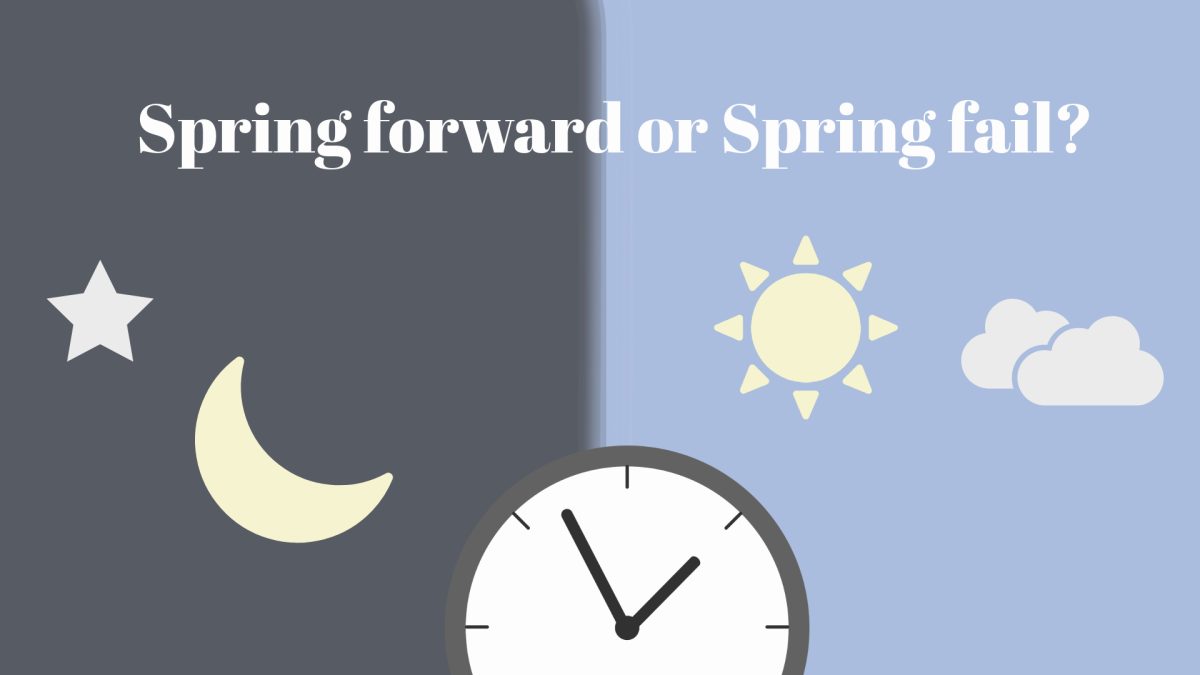
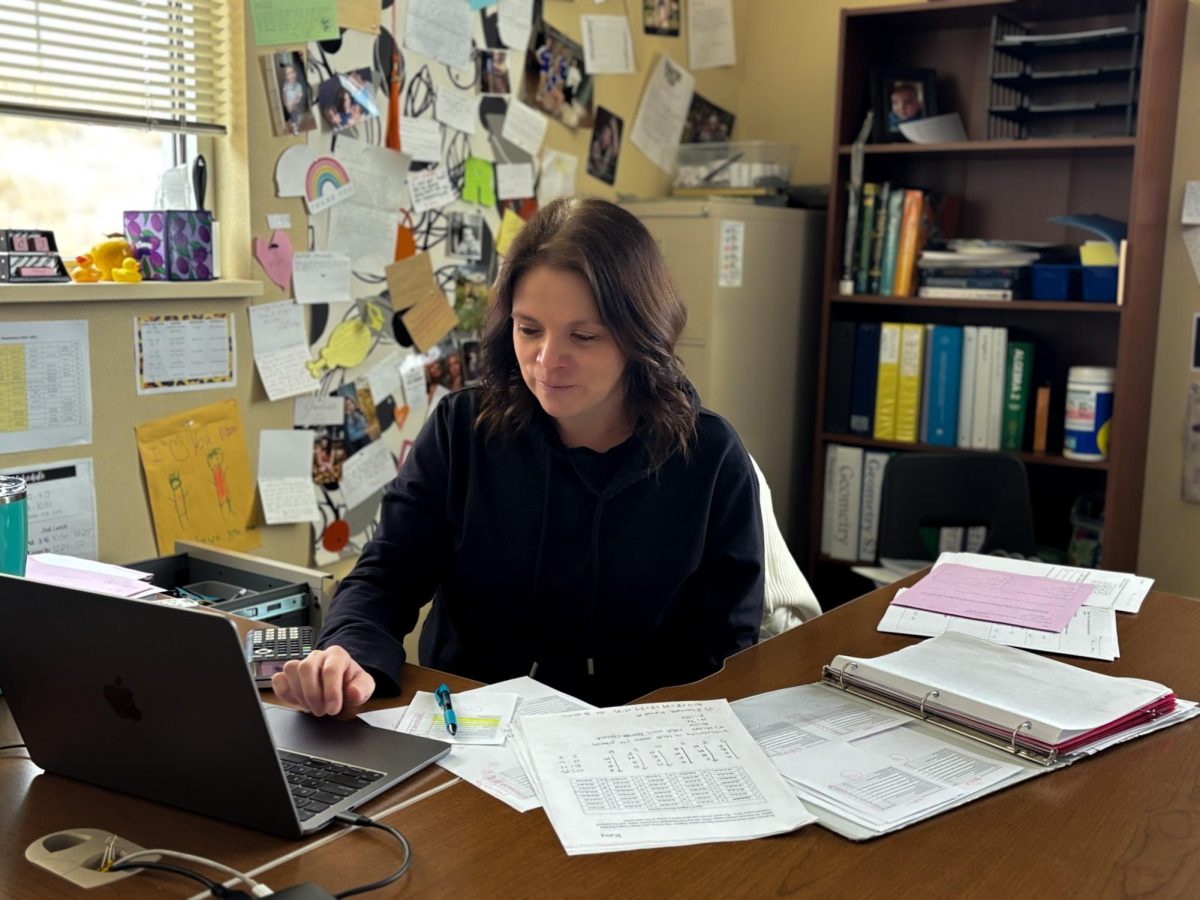





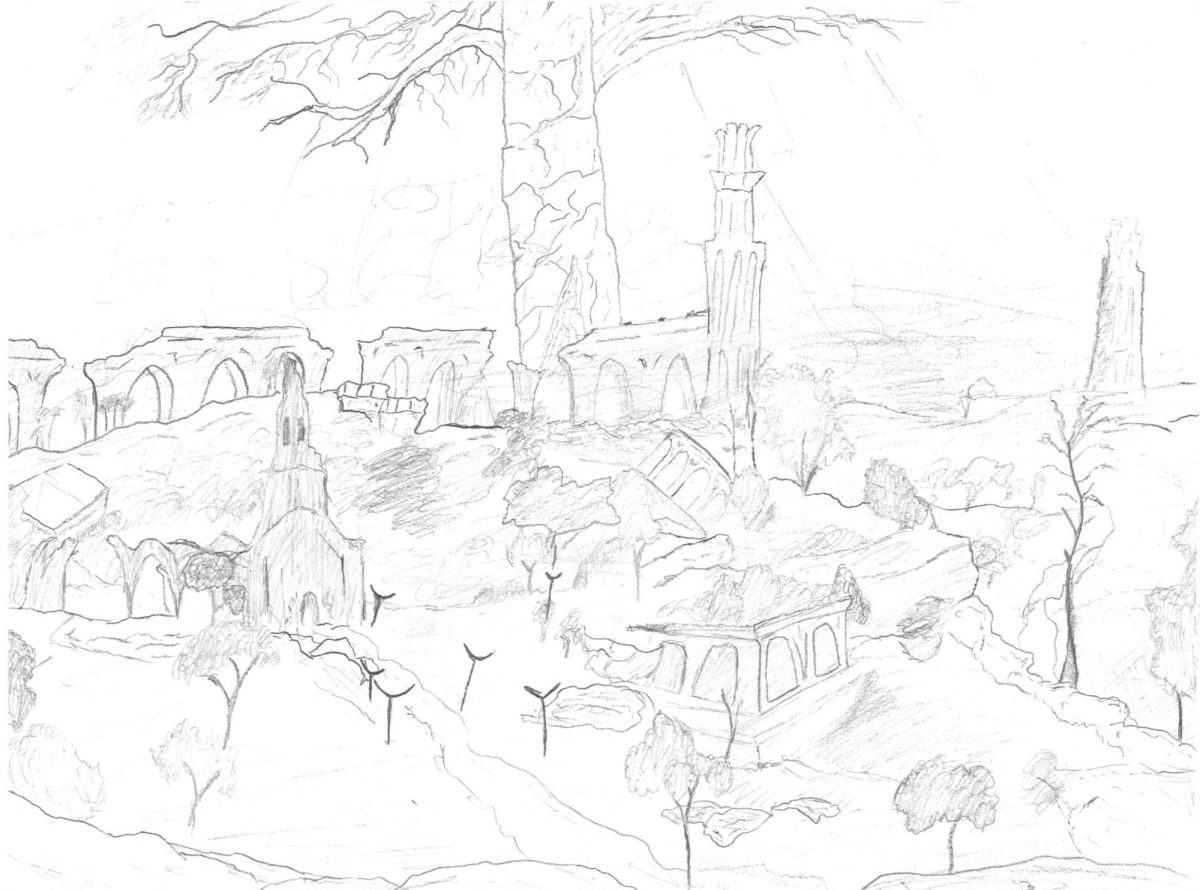
![April marks the 25th anniversary of Sexual Assault Awareness Month, created by the National Sexual Violence Resource Center (NSVRC). This month is to spread awareness of the harassment, assault and abuse that happens around the world. The symbol that represented the month was a teal ribbon; however, some survivors of assault create different symbols and movements like the TikTok trend in 2022, where survivors would tattoo Medusa on their body, in honor of her backstory in Greek Mythology. “I don't think [this month is known] at all. I rarely see anybody talk about it. I rarely see much of an emphasis on posting it online, or much discussion about it, and I feel like there needs to be way more discussion,” an anonymous source said. “I think just validating every experience that a person has gone through, regardless of the degree of it, the severity, is an essential step into making sure that people are aware that this is a very real problem in a society and that we need to do better in addressing it.”](https://rockmediaonline.org/wp-content/uploads/2025/04/IMG_0011-1200x900.jpg)
![Lesbian Visibility Day is April 26, and it’s a holiday to celebrate the lesbian community of the world. Lesbian Visibility day was established in 2008 by many queer activists and organizations who sought to raise more awareness for lesbian history and culture. “So this is why during Lesbian Visibility [Day] we celebrate and center all lesbians, both cis and trans, while also showing solidarity with all LGBTQ+ women and nonbinary people,” Linda Reily, in an article written by her, said.](https://rockmediaonline.org/wp-content/uploads/2025/04/Lesbian-Visibility-day.jpeg)
